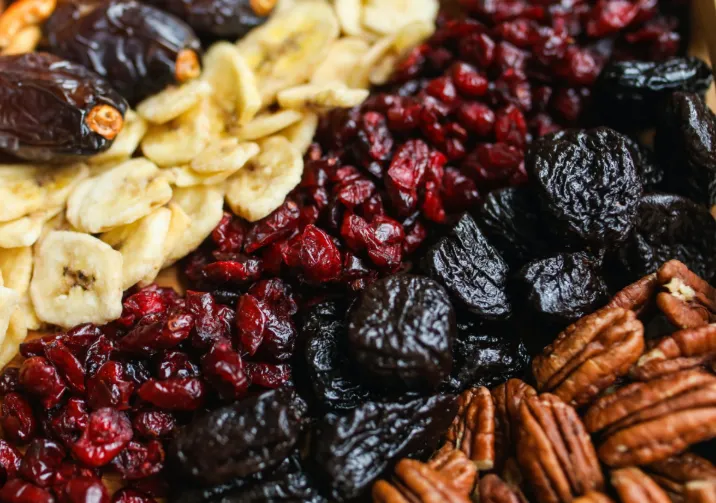A dried fruit production line is an advanced system designed to process fresh fruits into high-quality dried products with extended shelf life. With growing consumer demand for natural, nutritious, and convenient snacks, dried fruit has become one of the fastest-growing food categories worldwide. An automated production line ensures efficiency, consistency, and hygiene throughout the entire process.
What Is a Dried Fruit Production Line?
The dried fruit production line integrates multiple stages of fruit handling — from cleaning and slicing to drying, grading, and packaging. It is widely used for apples, bananas, mangoes, pineapples, berries, dates, persimmons, and many other fruits.
Main Processing Steps
- Raw Material Selection and Cleaning
Fresh, high-quality fruits are selected and thoroughly washed. - Cutting and Pretreatment
Fruits are peeled, sliced, or cored. Some may undergo blanching or sugar infusion to enhance flavor and color. - Drying
Using industrial conveyor dryers, hot air dryers, or freeze dryers, fruits are dehydrated to the desired moisture level, ensuring food safety and extended shelf life. - Sorting and Grading
Dried fruits are inspected for uniform quality, color, and texture. - Packaging
Vacuum or nitrogen-filled packaging preserves freshness, taste, and nutrients.
Advantages of Dried Fruit Production Line
- Energy-Efficient Drying: Reduces energy costs while maintaining product quality.
- Customizable Capacity: From small-scale workshops to large industrial plants.
- Hygienic Design: Stainless steel equipment with automatic cleaning systems.
- High Nutritional Retention: Preserves vitamins, minerals, and natural flavors.
Applications
- Commercial Dried Fruits: apple chips, banana chips, mango slices, raisins, dried persimmons.
- Snack Industry: healthy packaged snacks for retail.
- Food Ingredients: bakery, confectionery, and breakfast cereal.
